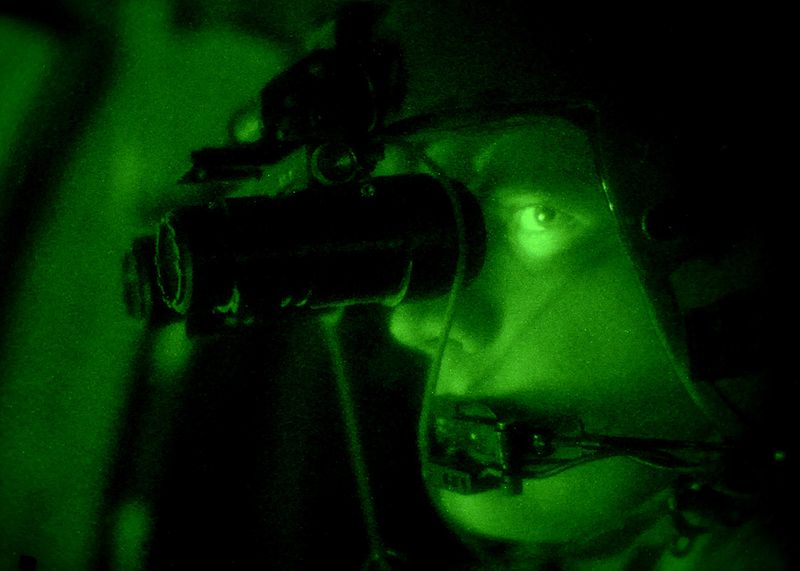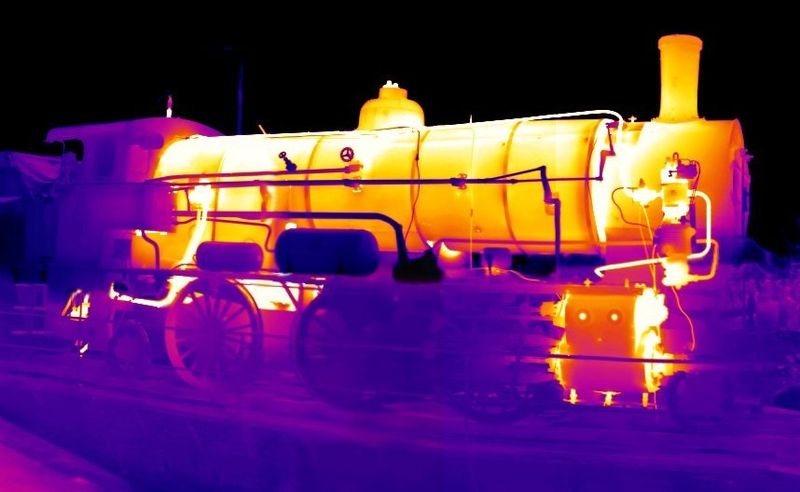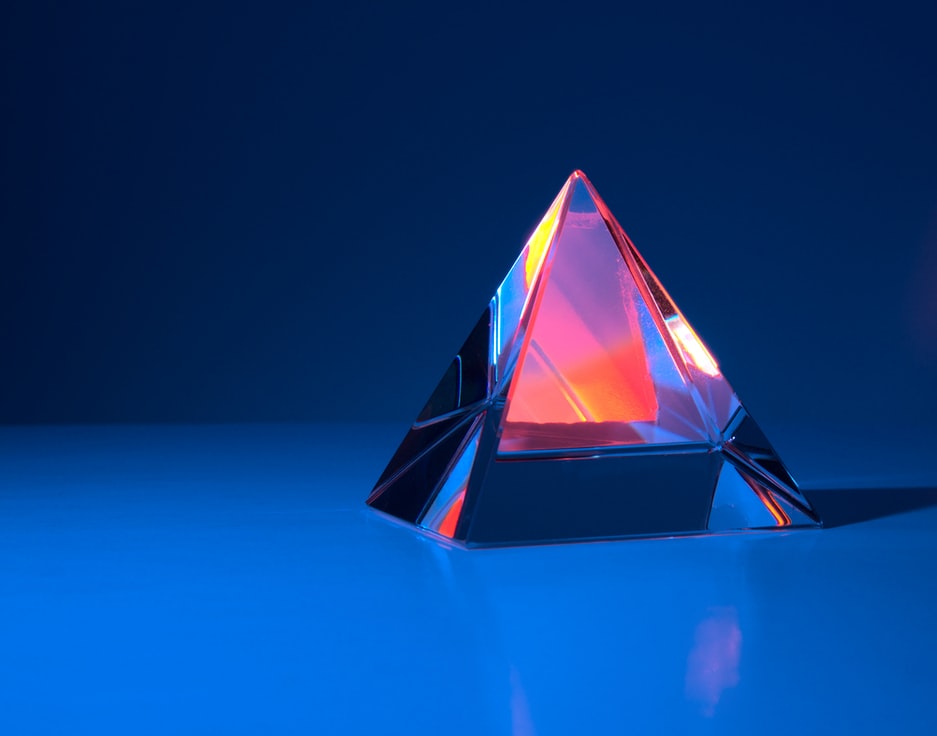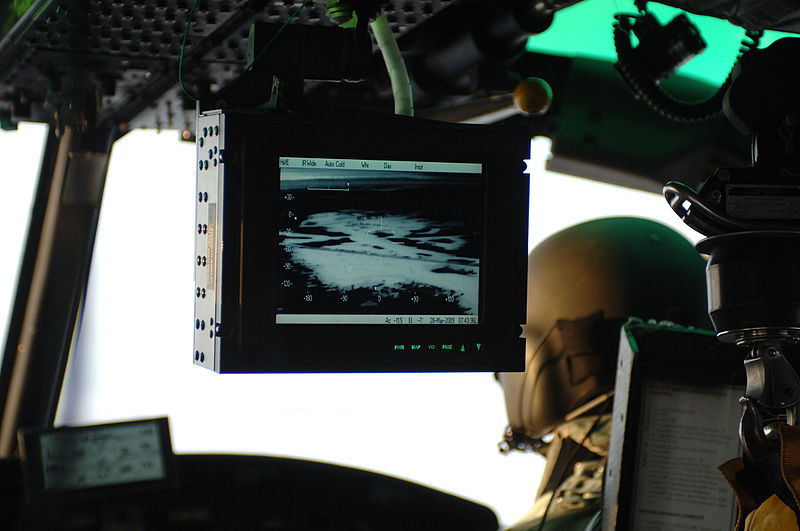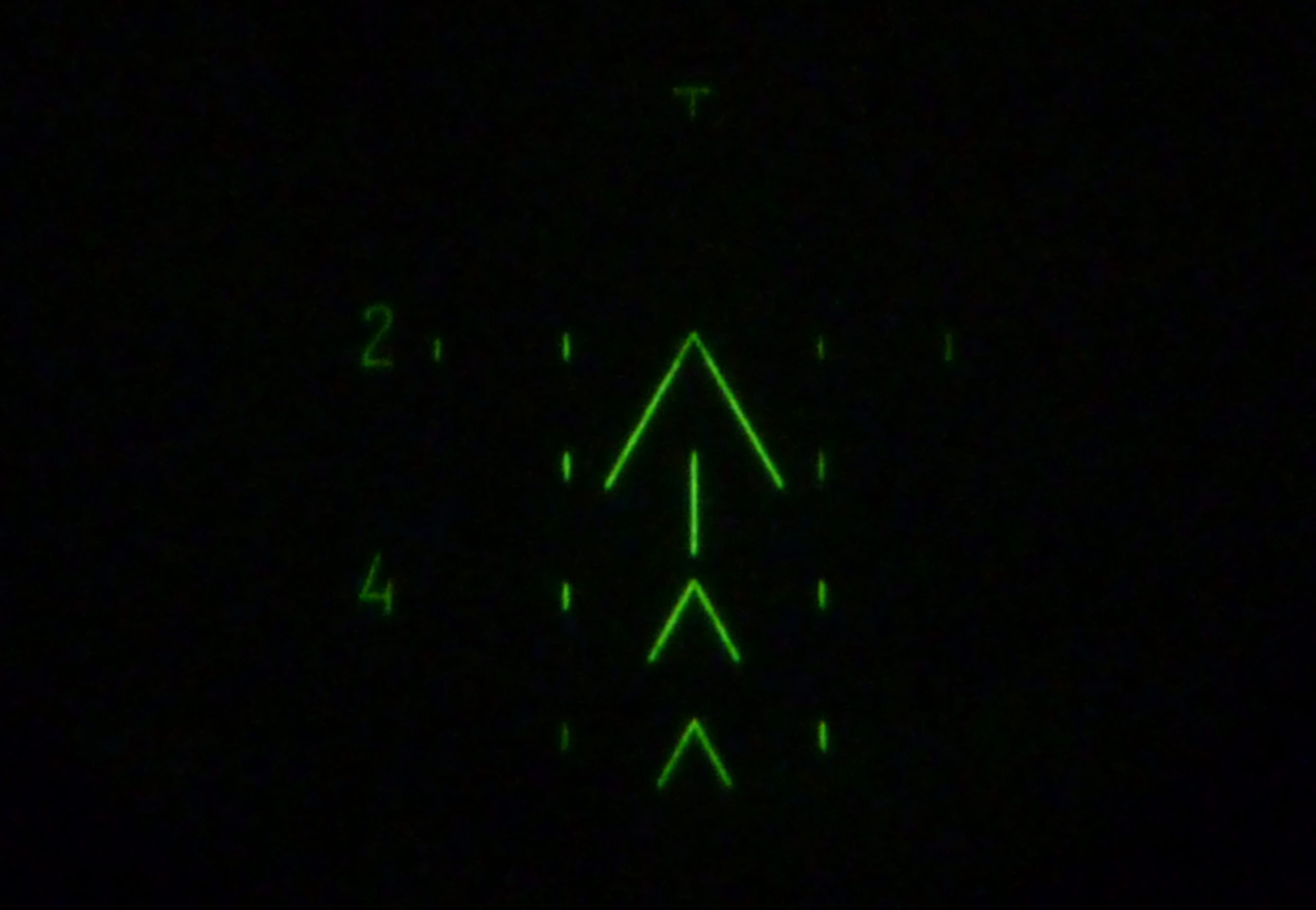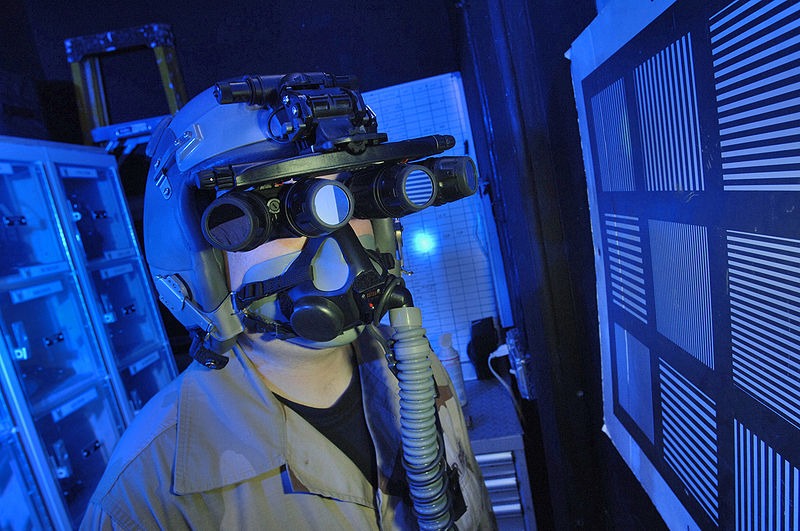We have all seen night vision technology used in spy or action movies where a character uses it to see their enemies in the dark or the military uses it to identify their target in the night. But you might ask yourself if technologies such as night vision goggles actually work?
The simple answer is yes – they do work. This technology is not a piece of fiction. It can be used to see in the dark by the military, police, or hunters. Night vision technology has many uses in the real world and is utilized for different purposes.
With the proper equipment, you can see an object up to a thousand yards away from you in the dark on a clear night. But how does night vision technology works? To answer this question, we will first have to discuss what night vision technology, visible light, and infrared light are.
What is Night Vision Technology?
Compared to many animals with excellent night vision, humans are not very good at seeing in the dark. Utilizing night vision technology allows humans to see better in the dark. There are different ways this technology achieves this feat.
Although this technology is used to be primarily reserved for military uses, now equipment such as night-vision goggles and night vision binoculars are available on the market for anyone to buy. As a matter of fact, night vision goggles are an excellent tool for survival and hunting.
The main function of any night vision technology is to allow us to see better in the dark. So before buying any equipment, it is essential to educate yourself on how different night vision technologies work.
Types of Light
Light can be divided into spectrums. Some spectrums of light are visible to us while others are not. There are two specific spectrums of light called visible light and infrared light that we will be discussing to better understand how night vision technology works.
Visible Light
To understand how night vision technology works, it is important to know that not all light is visible to the naked human eye. The light that we see is just a part of the electromagnetic spectrum. We can only see a portion of this spectrum while the rest of it is invisible to us. This portion of the electromagnetic spectrum that we can see with our naked eye is called visible light.
Infrared Light
The infrared spectrum is right next to the visible spectrum. Infrared light is not visible to the human eye. It can be divided into three categories: near-infrared, mid-infrared, and thermal-infrared.
Usually, light is reflected off of a surface, allowing us to see the object. On the other hand, thermal-infrared light is emitted by the object because of what is happening in it at the atomic level.
Stars and the sun also emit infrared radiation. This light produced by the stars is reflected off of the moon and forms ambient infrared illumination.
Types of Night Vision Technologies
Two major night vision technologies are used widely for seeing in the dark, called image enhancement and thermal imaging. Both work in a different manner and have their own unique qualities. Given below is a brief summary of how image enhancement and thermal imaging works.
Image Enhancement
When people say “night vision technology,” they are usually referring to image enhancement technology. This technology is what we typically see in spy and action movies. Image enhancement systems are often referred to as night-vision devices (NVDs).
Night vision devices utilize a special tube to collect infrared and visible light. This tube, called the image-intensifier tube, amplifies the light collected by it. In other words, image enhancement technology amplifies the existing visible and infrared light.
You can then easily see the enhanced image produced by the device with the naked eye. Once the light is amplified, a much brighter version of the environment is shown on the device’s screen. Image enhancement technology is an excellent way to see in near darkness.
Thermal Imaging
The other night vision technology used widely today is called thermal imaging. This technology relies on the thermal infrared light emitted by objects instead of the light reflecting off of the objects.
It is important to note that living creatures, machinery, and vehicles generally tend to be hotter than their surroundings. Hot objects emit infrared light, which can then be used by thermal imaging technology to allow us to see in the dark.
Thermal imaging technology captures infrared light. It then converts the light it captured into visible light and shows it on the screen. This technology detects and shows the difference between the temperature of the foreground object and the background, thus allowing us to see in the dark.
Thermal imaging displays the end result on the screen where various infrared emission intensities are shown in different colors. Thermal imaging cameras can be very useful as they can even show small temperature differences.
Why Do Things Look Green through Night Vision Goggles?
Night vision goggles and binoculars that utilize image enhancement technology often produce green and black images. But why is a green-colored image produced instead of any other color? The photons that are captured by the night vision goggles usually carry the light of various colors. But during the conversion of these photons to electrons, the colors are lost. The device ends up turning the colored light into a black and white image during this process.
But then why isn’t the image produced on the screen black and white? The answer is simple: the image is intentionally made to look green and black. The phosphorus on the screen is specifically chosen to create green and black colored images.
The color green is chosen because it is much easier to look at for a longer time. Another important reason for using this color is that the human eye is more sensitive to green light.
Can Night Vision Technologies Work in Complete Darkness?
We have discussed both image enhancement technology and thermal imaging technology. But the question is, how do these night vision technologies fare in complete darkness? The generation of night vision technology used in a piece of equipment determines how advanced and sophisticated it is.
Image enhancement technology, as the name suggests, enhances light to show you an image. But the problem is that it requires at least some light to function. Although it can function well in near darkness, it is utterly useless in complete darkness where there is insufficient light.
Another limitation of image enhancement technology is that it does not allow you to see through thick smoke. This makes it useless for use in firefighting.
On the other hand, thermal imaging technology is not limited in these regards as it utilizes the infrared light emitted by objects to allow us to see in the dark. This means that even if there isn’t enough light for image enhancement technology to work, thermal imaging can still function by utilizing the light produced by objects and living beings.
This is why thermal imaging can work in complete darkness. It can also show us a clear image through smoke in a burning building to some extent. This makes this technology a good choice for firefighters to use. But contrary to what you might have seen in movies, thermal imaging technology cannot see through walls or other solid objects, including glass.
Uses of Night Vision Technology
Night vision technology has many practical uses today. It can be used in combat by the military and law enforcement agencies, especially for surveillance, a good example of which is night vision security cameras.
Other important uses of night vision technology are wildlife surveillance, navigation, object detection, and security. Although it started out as a way to locate targets during the night, night vision technology is now utilized for many other non-military uses today.
There seem to be countless uses for this technology in the modern world. Hunters use NVDs to navigate the woods during the night, and thermal imaging technology is even used in construction.
Conclusion
Night vision technology is indeed an excellent invention. It helps us in many areas of our lives. Many animals are more capable of seeing clearly in the dark than humans. And with night vision technology, we can also see better in the dark.

